Spotlights
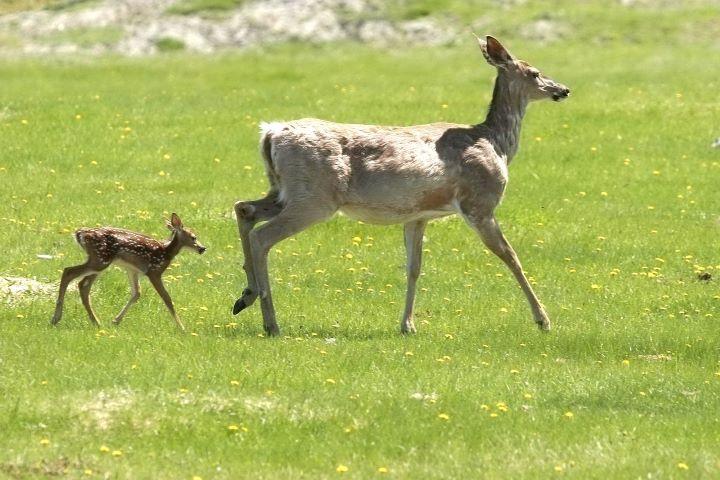
For Your Information
April 22, 2025
A recent study examines the challenge of determining the sample size needed to confidently declare a local wildlife population disease-free—an essential factor in effective disease surveillance and wildlife health management.
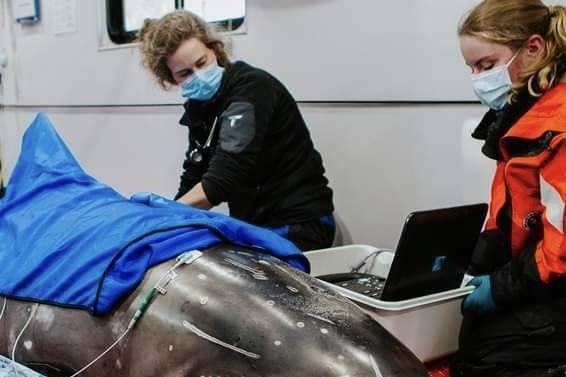
News
April 03, 2025
Cornell alumna Kate Mueller, DVM '15, has been enamored with marine mammals for as long as she can remember, and her career path shows that there is no one route to a career in wildlife medicine.
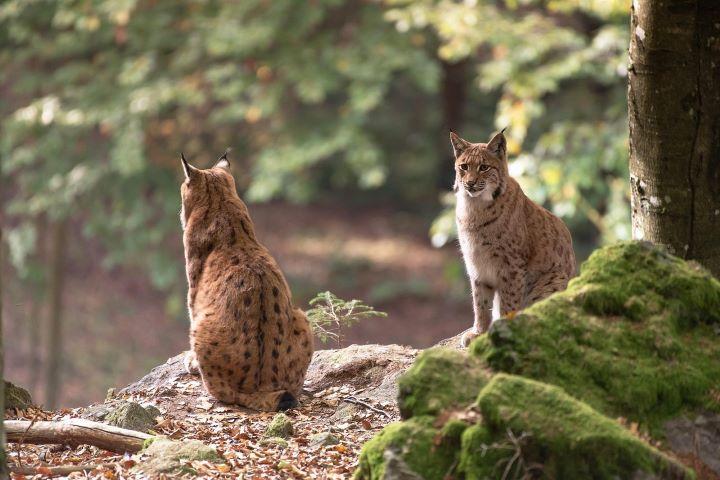
For Your Information
March 26, 2025
A recent study by Cornell researchers assessed the presence of antibodies for highly pathogenic H5N1 influenza A in live-captured bobcats in New York.
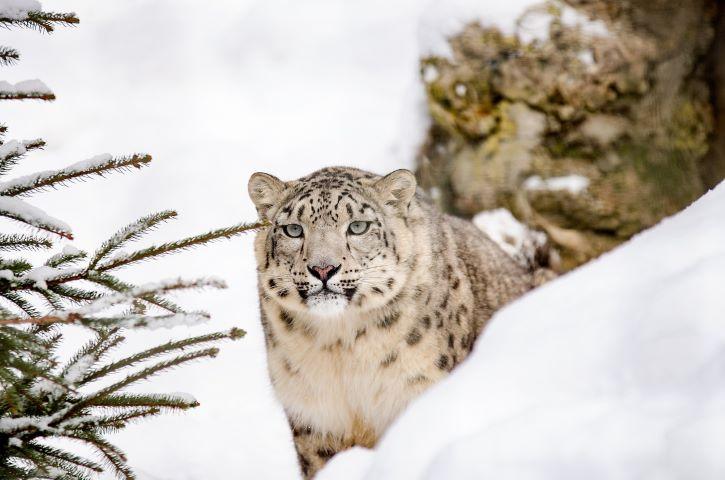
For Your Information
March 25, 2025
Cornell researchers recently published a study providing the first genetic evidence of canine coronavirus infection in a felid. These findings suggest that felids may play a central role in the emergence of recombinant alphacoronavirus.
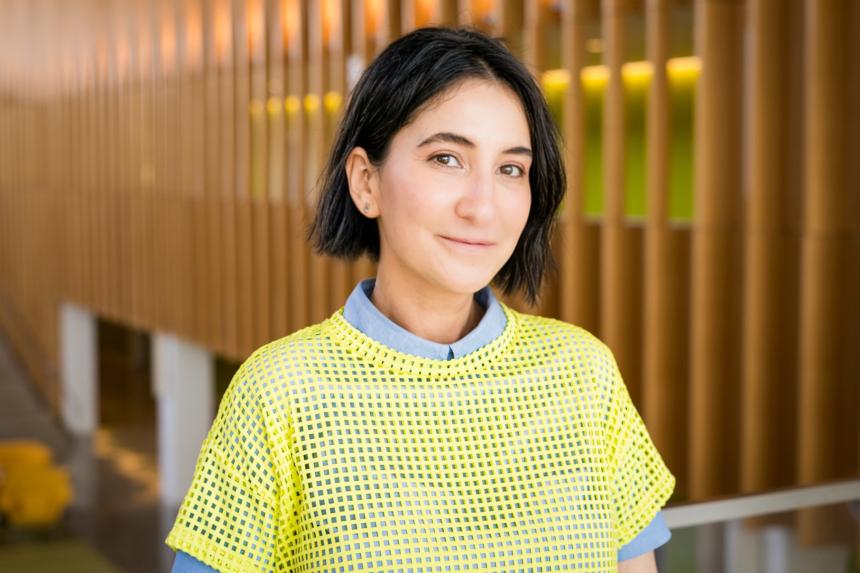
Blog
March 19, 2025
The work of Cornell Public Health’s Dr. Ana Bento bridges ecology, climate, and public health, using mathematical models to understand the complex factors driving the spread of infectious diseases.
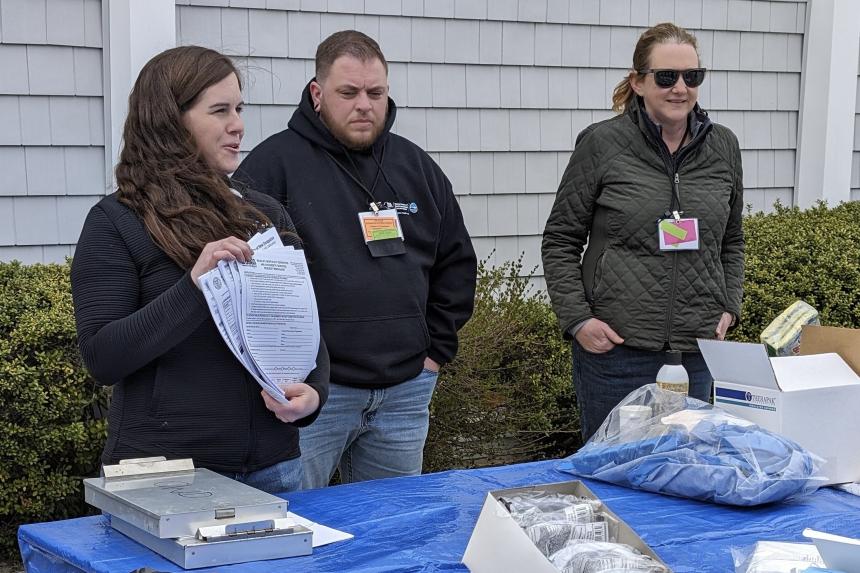
Blog
February 17, 2025
As the Northeast regional fish and wildlife health coordinator, my day-to-day work varies greatly! I work with 13 state fish and wildlife agencies in the Northeast, and each agency may have different needs. I typically start my day with coffee...
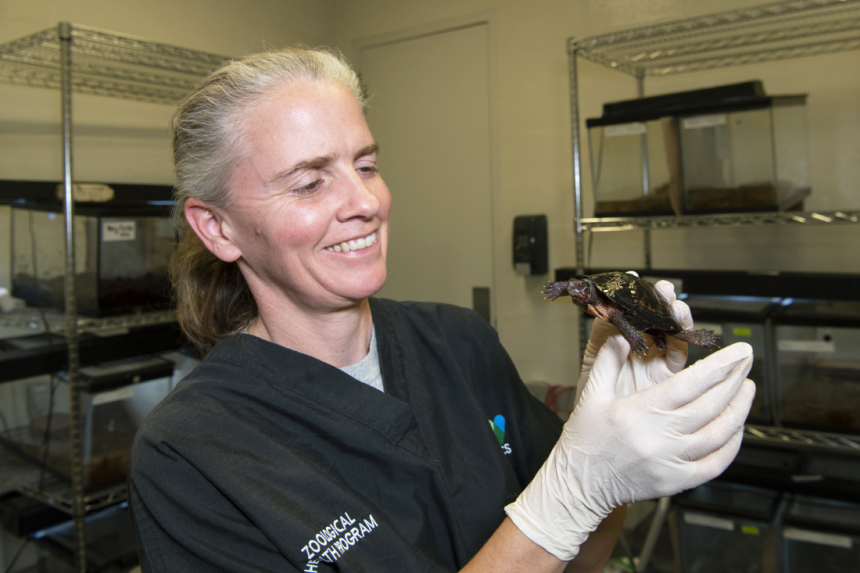
News
February 11, 2025
Cornell alumna Susie Bartlett, DVM '03, takes us through her conservation journey, from being inspired by her father's work at the U.S. Fish and Wildlife Service to becoming a senior veterinarian at the Wildlife Conservation Society.
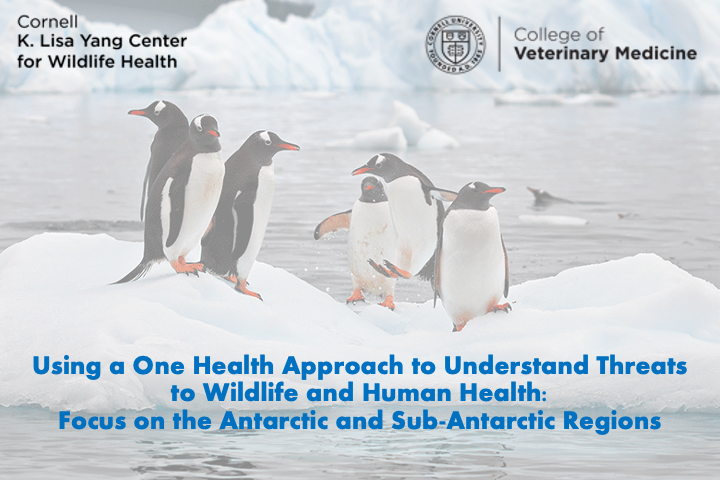
Video
February 05, 2025
In this eCornell keynote, Drs. Amandine Gamble and Marie Bouilloud share their recent fieldwork experiences in the Antarctic and sub-Antarctic regions to help illustrate how wildlife health is connected to human activity, even thousands of miles away.
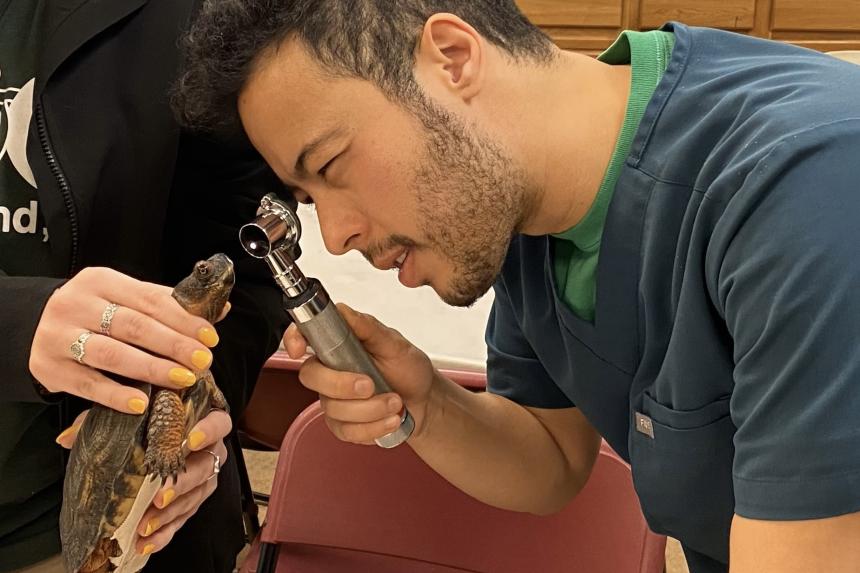
News
January 27, 2025
Cornell alumnus Julian Rivera, DVM ’18, has found his niche as the Clinical Veterinarian at the Staten Island Zoo. His path from veterinary school to zoo medicine illustrates both the opportunities and challenges faced by aspiring wildlife veterinarians.
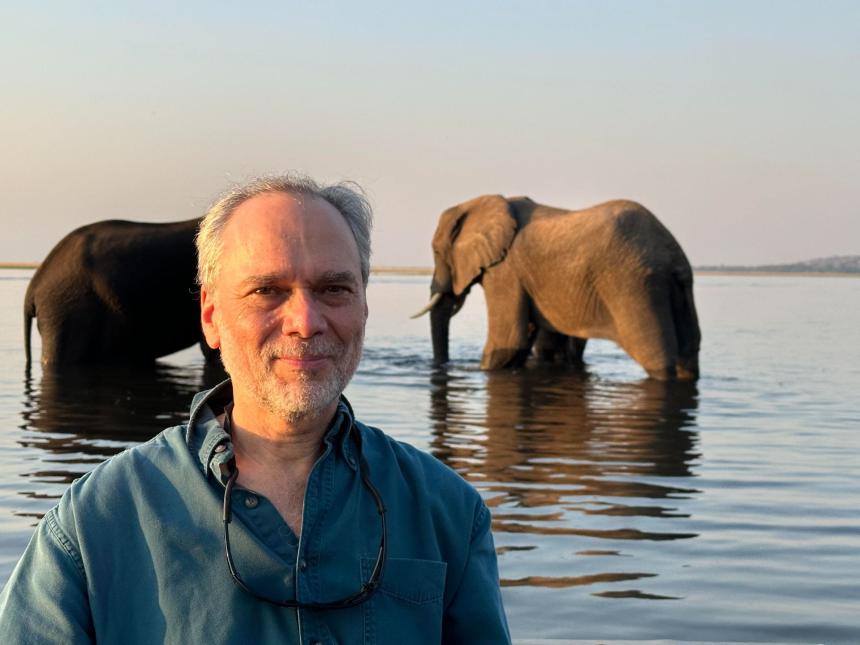
Blog
January 25, 2025
Dr. Steve Osofsky, director of the Cornell K. Lisa Yang Center for Wildlife Health, reflects on a transformative year, and looks forward to leading the way in shaping how the center can help tilt the scales back toward the type of environmental stewardship we ourselves need to survive as a species.
